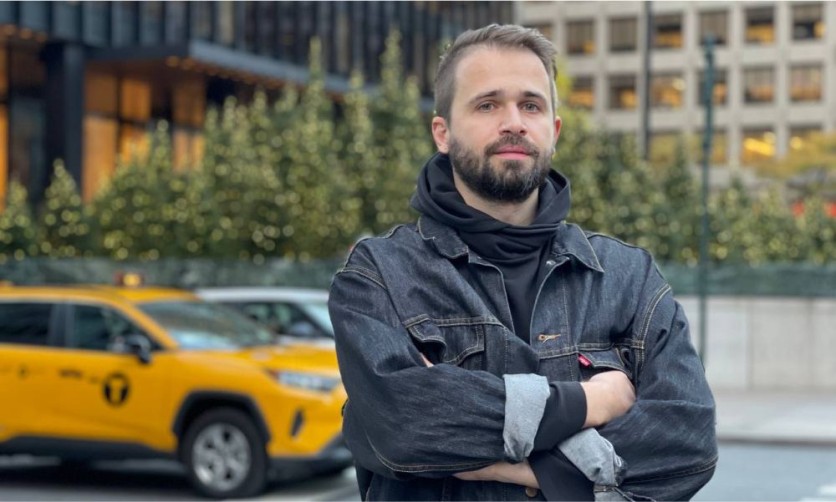
Q&A with Ilya Sizov - an award-winning, internationally recognized multidisciplinary Art Director, Head of Design at TheXPlace, and Marketing Design Lead at Smartcat
- Ilya, you are one of those specialists who may proudly boast a multilateral professional experience and dozens of prominent international awards. What projects are you currently working on?
"I am currently engaged at two companies. I am the Marketing Design Lead at Smartcat, which is affiliated with over 10,000 customers, including eBay, Volvo, and Dr. Martens. I describe my job as creating and embodying a consistent visual language and providing a production cycle to deliver communication from brand to user. I also conceptualize and create design of marketing communications-including emails, sales collateral content, ad collaborations, brand awareness conferences, and website content.
Additionally, I am the Head of Design at TheXPlace-a Silicon Valley gaming industry startup. The company has attracted top creative and tech talents from prominent AAA and Indie game makers, including Electronic Arts, Ubisoft, Tencent, and Activision Blizzard. In my position, I am responsible for design strategy and leadership, which includes designing for UX/UI, social media, products, brand and identity, as well as design and art direction."
- Your portfolio has a variety of entities you have worked with, ranging from creative agencies to technological startups. What makes you such a demand designer?
"Nowadays, most designers tend to be T-shaped-skilled specialists. The vertical line in the letter 'T' represents expertise in a single field. In contrast, the horizontal line refers to the ability to collaborate across disciplines and apply knowledge in areas of expertise other than one's own.
One of my most vital proficiencies is my cross-disciplinary expertise. I am equally adept in UX/UI, 3D, web, graphics, motion, product design, digital illustration, branding, identity setup, and analytics. This combination of skills doubles in value at a startup such as TheXPlace, which needs to quickly move through several steps of the entrance process with limited resources. Therefore, founders tend to hire one highly-trained designer who can significantly impact several spheres instead of a group of narrow-niche experts.
Another critical skill of mine is a deep understanding of UX algorithms. Marketing indicators are directly related to how the communication component works-in other words, how the project is designed and onboarded. For example, Smartcat's product effectiveness is based primarily on its promo site's effectiveness. Implementing specific UX solutions allowed me to consistently and continuously increase the site's conversion in MQLs from 0.36% to 0.57% from the previous month. From October 2022 to November 2022, we increased the conversion rate from homepage visits to sign-up page visits from 22% to 32%.
Finally, I also emphasize my competency in web development, including coding and prototyping. Common ground with engineers helps me to coordinate work and convert ideas into products faster, better, and more efficiently."
- You have an extensive career in the creative field. How did it start?
"My story started over 15 years ago when I graduated from the Faculty of Philosophy. I never worked in my projected profession-political science-as I felt a strong aspiration to create since the moment of graduation.
That is why I chose to enter the British Higher School of Art and Design. Finally, at 22, I began my first job in design."
- Your work has received recognition from famous festivals celebrating the creativity of your designs. What are the award-winning projects that have won you international recognition?
"My career began at Red Keds creative agency, which specializes in high-profile festival projects. There, I achieved my first notable collaborations with market behemoths such as Unilever (Lipton and Domestos), KIA, Infinity, Range Rover, Honda, Diageo, and Panasonic.
I designed a few projects on the Lipton Social Playground campaign. One of them was 'Crocodile'-an online charade game where users could puzzle a word, share their post, and invite friends to guess it on their social media profiles. The project attracted an average of 20,000 new players weekly and reached a total audience of more than 1.22 million users. Another interactive Lipton project was 'Fruit Journey,' a multiplayer game for social media where up to 15 players could compete for who runs fastest through a journey of obstacles. More than 19,000 players had joined by the month following the launch. The average game time exceeded 18 minutes per player."
Lipton Social Playground: ‘Lipton Journey’, a game for social media from REDKEDS CREATIVE AGENCY on Vimeo.
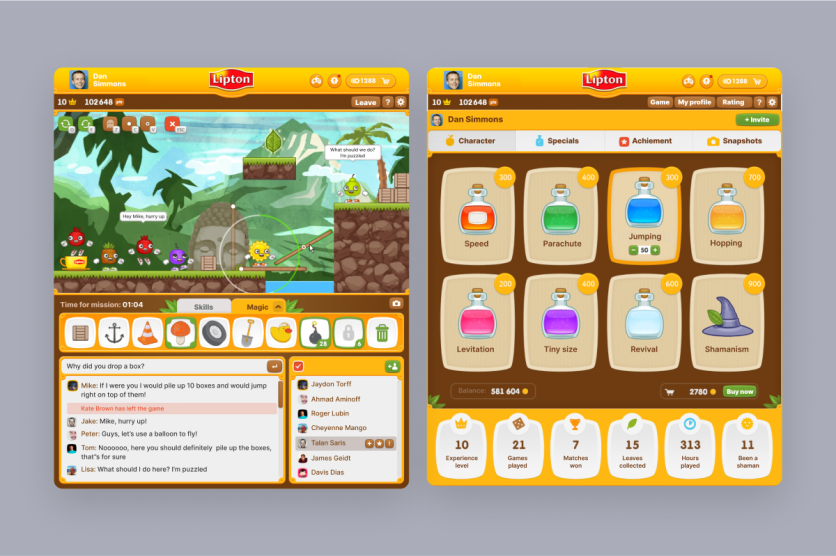
"Alongside my role at Red Keds, I worked with Friends Agency. One of our prominent collaborations was Wildtattoo, a cultural project for the World Wildlife Fund (WWF), aiming to attract the attention of a young audience.
Leading tattoo artists from around the globe created unique sketches of endangered species on the verge of extinction, protected by WWF. Customers were able to book a tattoo appointment and donate via the campaign website. The project garnered over 1,000 bookings and had a total reach of more than 80 million people. It also won several professional awards, including a Bronze at the 2015 ADCR Awards, and was shortlisted in the Cristal Festival's Corporate Social Responsibility category and National Festival's Idea in 2015."
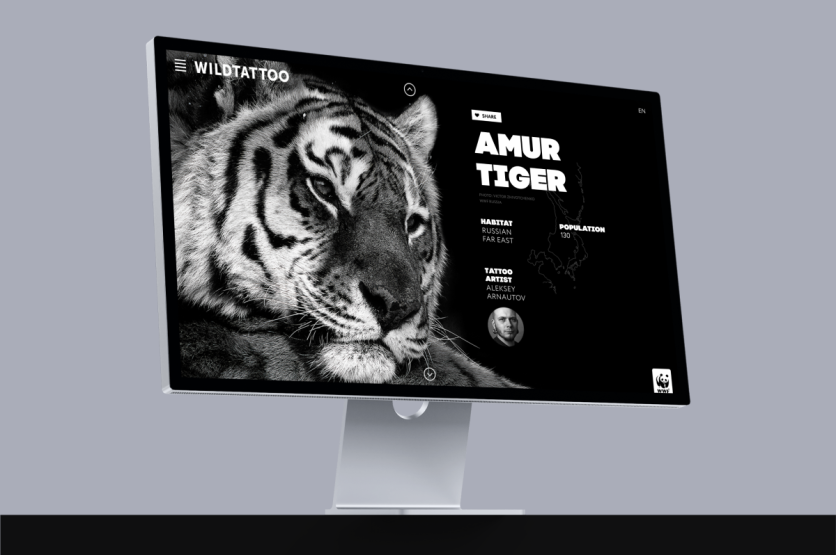
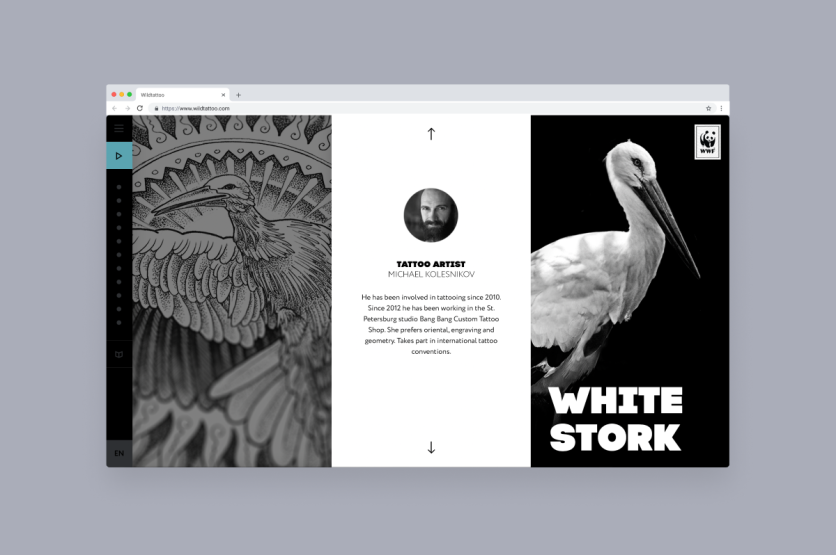
- What creative innovations have you implemented while working on those executed and current projects?
"I would divide innovations into two significant groups: technological and creative.
As for creative innovations, I recall 'The Art of Breakfast', made in partnership with Panasonic. As an Art Director, I started the idea of turning our promo site into an interactive auditorium where an unseen narrator told stories about the devices in the style of Japanese poetry. Our project won Bronze at Kyiv International Advertising Festival and placed 3rd runner at the International Marketing and Advertising Festival White Square."
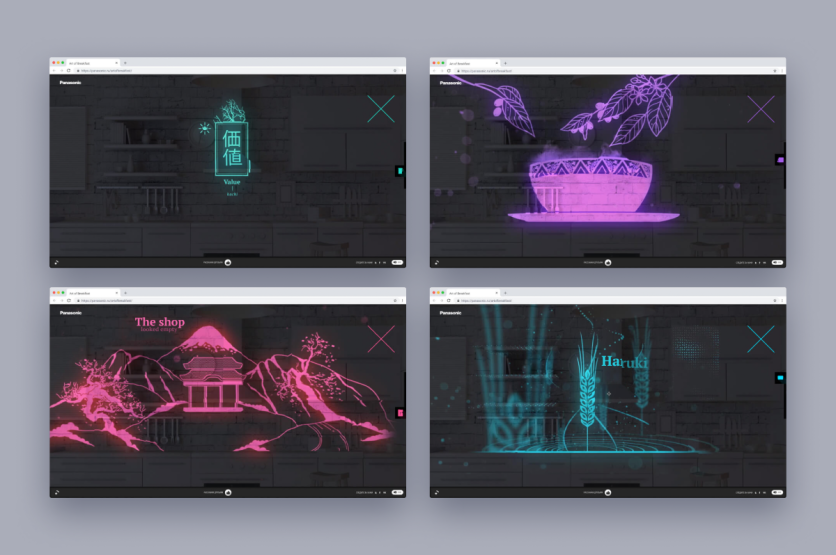
"Another creative collaboration with Panasonic was the company's 2014 Winter Olympic Games sponsorship. We turned a Panasonic multi-cooker promo site into an interactive online game where users solved cooking puzzles to support different athletes."
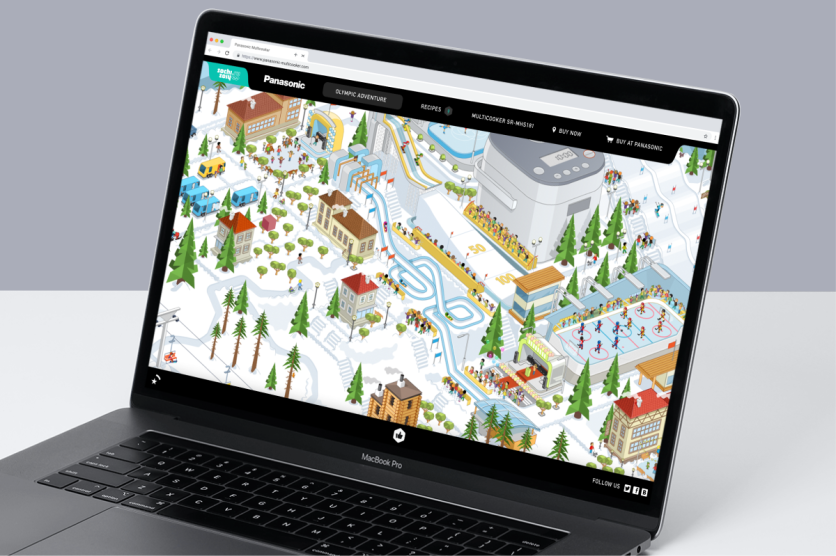
"In regards to technological innovations, I would like to emphasize the implementation of the 'website builder,' an in-house design system I created for Smartcat. It was created as a solution to help our colleagues construct web pages without help from designers or developers.
TheXPlace is quite an edgy marketplace that resonates with a specific audience of gaming industry professionals, so we deal with various technological and creative innovations daily.
We are pioneers in designing the industry's first integrated platform for users to create profiles, construct highly-demanded portfolios, communicate, and search for jobs.
We are developing a new standard of credits. TheXPlace allows talents to confirm their contributions to projects by inviting collaborators who can vouch for them.
We are developing and designing a service to search for industry experts using sophisticated taxonomy and 'highlights cards' with candidates' critical information.
Our main challenges are typical of any fast-paced startup-a massive number of decisions must be made simultaneously. As both a designer and a perfectionist, I implement maximum automatization, prioritize discipline, and avoid excessive toxic self-reflection."
- What are your key useful insights upon these innovations?
"I believe implementing any innovation grants designers a project management experience. It turns designers into the startupper inside of the startup.
Innovation for the sake of innovation costs nothing. The cornerstone is to successfully pitch your idea to stakeholders, prove its economic profit, and embody the innovation with its original value and potential."
- What are your recommendations for colleagues who entered the profession recently? What competencies and skills do you advise to upgrade nowadays?
My slogan is Good things designed with care and liking.
A key to successful design reminds me of a pyramid-shaped structure-motivation in its foundation, time at its core, and skills at its top.
It is better done than perfect, but it's better done in ten iterations than in one.
Best decisions come after deep thinking.
Your skills: a sweet cherry on the cake-elegant, yet meaningless without enough motivation and time.
Foster your creative self-determination, compromise less, and never act out of inertia.
Keep in mind the reasons you entered this profession, and the message you are trying to articulate.
- What design trends do you predict for 2023?
"The pace of technological progress is reactive. The level of uncertainty is higher than ever. In 2022, the world was obsessed with NFT and Metaverse; now everyone is talking about ChatGPT and AI illustration. No one knows what will occupy us in the coming years. All we can do is be open-minded toward new technologies and approaches.
As for the rising trends of AI-what we value most in design is the audience's emotional response. Sincere emotion is something machines can replicate but will never be able to create. People will remain people, and emotional design will still be in demand."
ⓒ 2025 TECHTIMES.com All rights reserved. Do not reproduce without permission.




